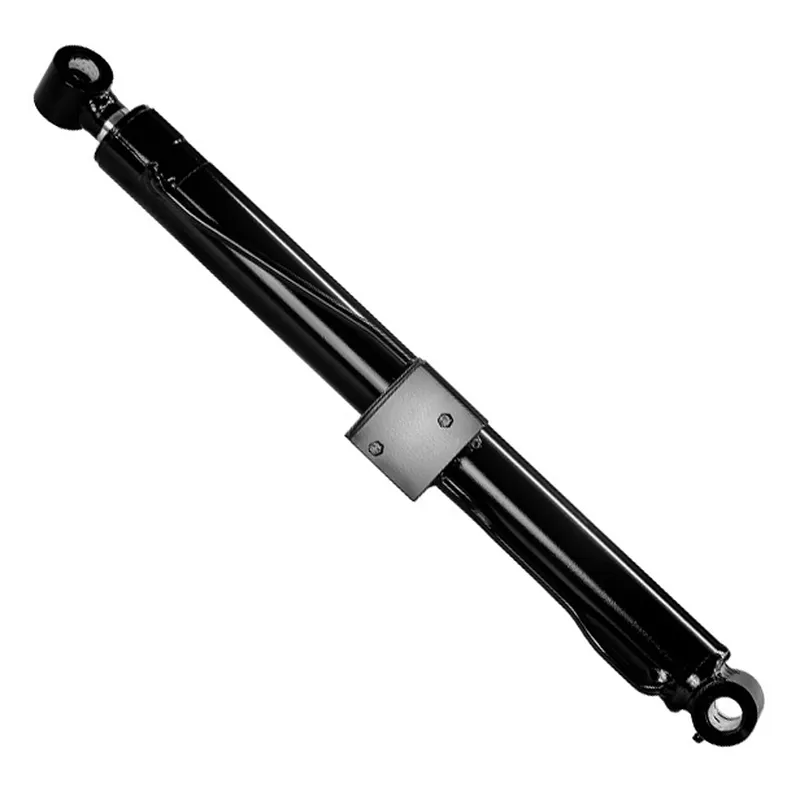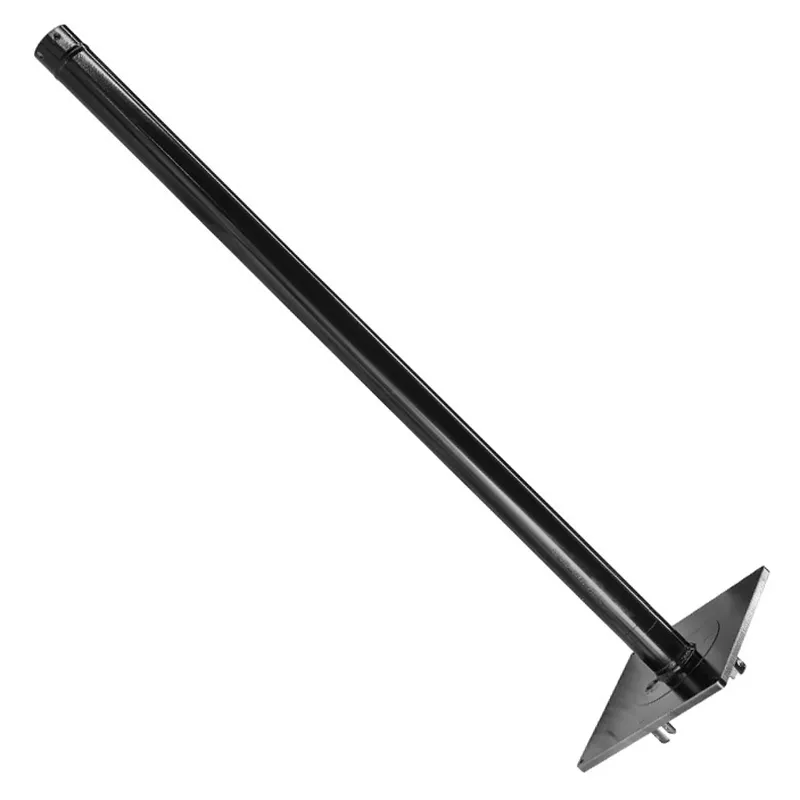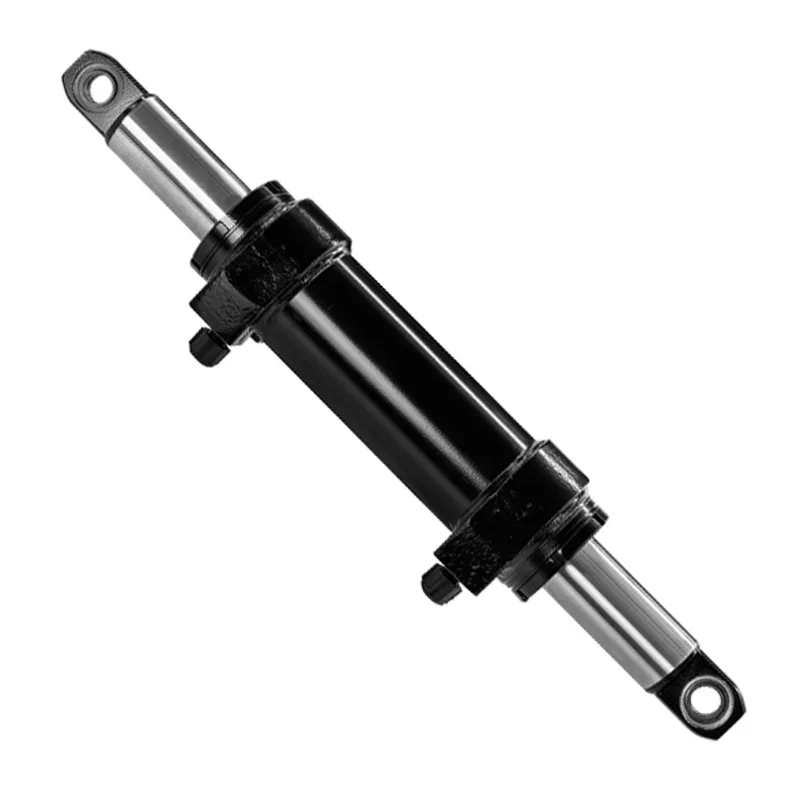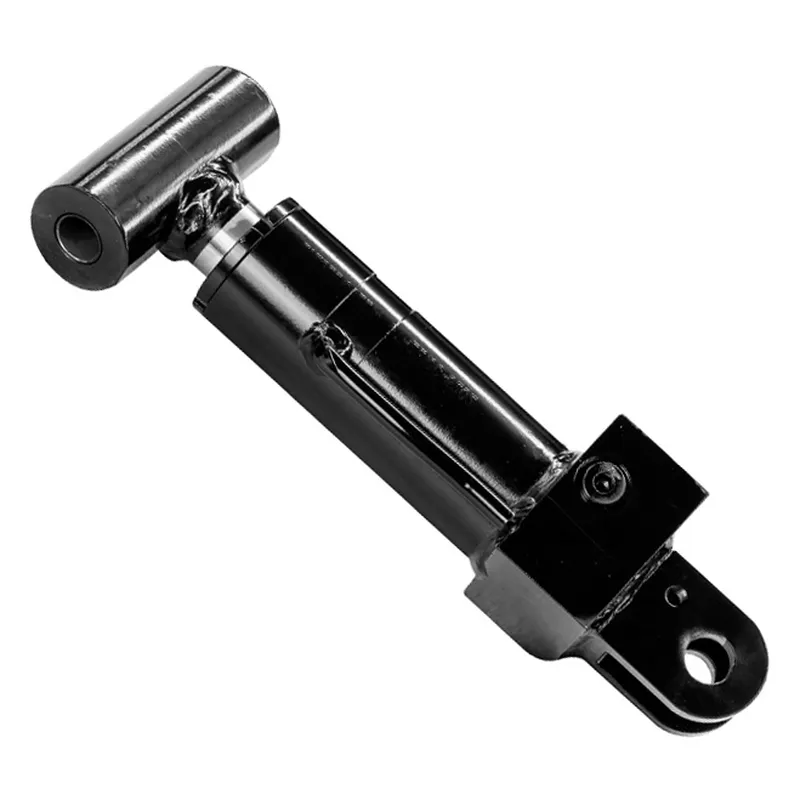Stick Hydraulic Cylinder for Large Excavator
The stick hydraulic cylinder, also known as the dipper or arm cylinder, is a critical component in large excavators, responsible for controlling the movement of the stick or dipper arm, which connects the boom to the bucket. This double-acting hydraulic cylinder uses pressurized hydraulic fluid, typically oil, to extend and retract the piston rod, enabling precise adjustments to the stick arm’s reach and digging depth.
The stick hydraulic cylinder, also known as the dipper or arm cylinder, is a critical component in large excavators, responsible for controlling the movement of the stick or dipper arm, which connects the boom to the bucket. This double-acting hydraulic cylinder uses pressurized hydraulic fluid, typically oil, to extend and retract the piston rod, enabling precise adjustments to the stick arm’s reach and digging depth. Designed for heavy-duty tasks, it features a robust cylinder barrel made of high-strength steel, a piston, and durable seals to withstand high pressures and extreme conditions.
The hydraulic stick cylinder facilitates efficient digging, trenching, and material handling by allowing the operator to position the bucket accurately. Its large bore size and high force output, often up to 3560.8 kN at 35 MPa, make it essential for demanding excavation tasks, enhancing the excavator’s versatility and productivity in construction, mining, and demolition projects.
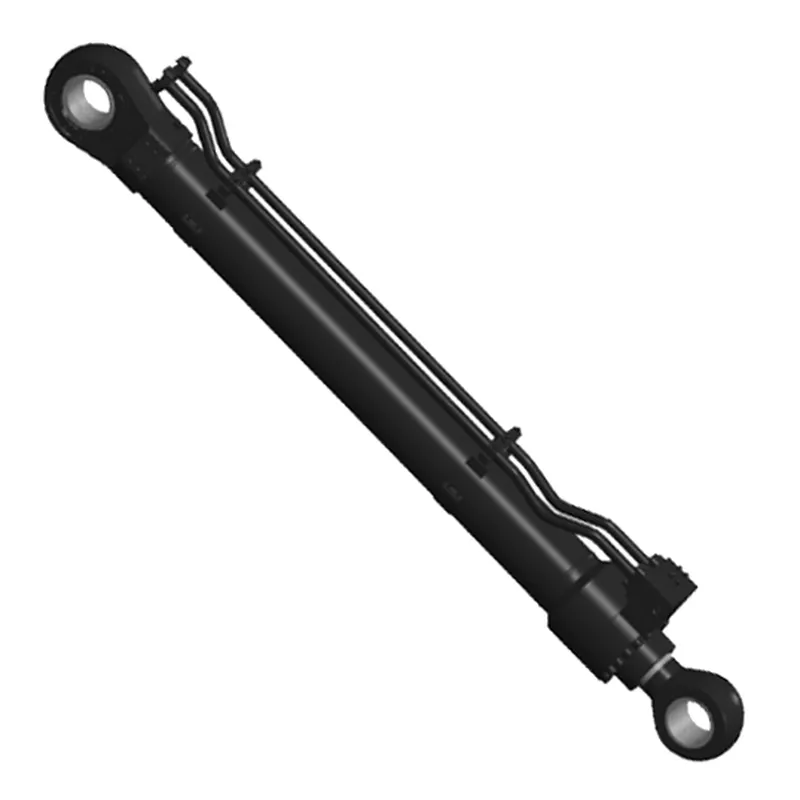
Large Excavator Stick Hydraulic Cylinder Specifications
| Product Name: | Large Excavator Stick Hydraulic Cylinder |
| Function: | Control the movement of the forearm. |
| Bore Diameter: | 210mm-360mm |
| Rod diameter: | 145mm-260mm |
| Stroke: | ≤2600mm |
| Maximum pressure MPa: | 35MPa |
| Thrust Force: | 3560.8KN |
Large Excavator Hydraulic Cylinder Types
- Bucket Hydraulic Cylinders
Bucket hydraulic cylinders control the movement of the excavator’s bucket, enabling digging, scooping, and dumping operations. These cylinders provide the necessary force to tilt or curl the bucket, allowing precise material handling. Constructed with durable materials, they withstand intense forces and abrasive environments. Bucket cylinders are essential for tasks such as trenching, loading, and grading, making them indispensable in construction, mining, and agriculture. - Boom Hydraulic Cylinders
Boom hydraulic cylinders manage the vertical movement of the excavator’s boom, which is the primary arm attached to the machine. They lift and lower the boom to provide the excavator with a wide range of motion and reach. These cylinders are designed to handle heavy loads and are critical for lifting and placing materials at varying heights. - Stick Hydraulic Cylinders
Stick hydraulic cylinders control the movement of the excavator’s stick, or dipper arm, which connects the boom to the bucket. These cylinders provide the push-and-pull force required for extending or retracting the stick, enabling precise digging and positioning of the bucket. Built to endure significant stress and pressure, they are vital for tasks requiring accuracy and flexibility. - Tightening Hydraulic Cylinders
Tightening hydraulic cylinders, also known as track adjuster cylinders, are responsible for maintaining proper tension in the excavator’s tracks. They use hydraulic pressure to adjust and tighten the tracks, ensuring smooth movement and reducing wear. These cylinders prevent derailment and improve the machine’s stability, especially in rugged or uneven terrain.

Large Excavator Hydraulic Stick Cylinder Features
- High-Strength Construction
Large excavator stick hydraulic cylinders are built with high-strength materials like alloy steel to withstand intense forces during operations. This robust construction ensures durability and reliability in demanding tasks such as heavy digging and lifting. - Precision Sealing Systems
These large excavator hydraulic cylinders feature advanced sealing systems that minimize hydraulic fluid leakage and contamination. The seals are designed to handle high pressure and temperature variations, ensuring consistent performance and reducing maintenance requirements over time. - Wear-Resistant Components
Hydraulic stick cylinders incorporate wear-resistant coatings on the piston rod and internal surfaces. These coatings protect against abrasion, corrosion, and mechanical wear, enhancing the cylinder’s lifespan and maintaining smooth operation in harsh environments. - High Load-Bearing Capacity
Designed to handle substantial loads, these large excavator hydraulic cylinders provide the necessary force for extending and retracting the stick. Their high load-bearing capacity ensures precise control in heavy-duty applications like excavation, demolition, and material handling. - Customizable Length and Stroke
Stick hydraulic cylinders for large excavators often offer customizable sizes and stroke lengths to match specific machine requirements. This adaptability ensures optimal performance, tailored to the excavator’s operational and design needs. - Enhanced Safety Features
Equipped with safety mechanisms such as pressure relief valves and lock valves, these stick cylinders prevent overloading and accidental movement. These features ensure operational safety and protect both the equipment and operators during intense activities.

Large Excavator Stick Hydraulic Cylinder Repair
- Safety Precautions and Preparation
Before repairing the stick hydraulic cylinder, ensure the excavator is powered off and secured on stable ground. Depressurize the hydraulic system to prevent fluid spray injuries. Gather specialized tools, replacement seals, and hydraulic fluid, and wear protective gear to handle heavy components safely during disassembly. - Disassembly and Inspection
Remove the stick cylinder from the excavator using a crane for safe handling. Disassemble the cylinder by detaching the rod, piston, and end caps. Inspect components for wear, scoring, or cracks, particularly on the rod and barrel, to identify damage requiring repair or replacement for optimal performance. - Seal Replacement
Replace worn or damaged hydraulic cylinder seals with high-quality, OEM-specified seals compatible with the cylinder’s pressure rating, typically 35 MPa. Clean seal grooves thoroughly to prevent leaks. Install new seals carefully, ensuring proper alignment to maintain a tight seal, which is critical for reliable operation in demanding excavation tasks. - Surface Repair and Polishing
Address rod surface damage, such as scratches or corrosion, by polishing with fine abrasive pads. For severe damage, machine the rod or replace it to ensure smooth operation. A polished surface prevents seal wear, extending the cylinder’s lifespan in heavy-duty construction and mining applications. - Reassembly and Testing
Reassemble the cylinder, ensuring all components, including the piston and end caps, are properly aligned and torqued to specifications. Refill with clean hydraulic fluid, then test the cylinder under low pressure to check for leaks or irregular movement, ensuring functionality before reinstallation on the excavator. - Reinstallation and Calibration
Reinstall the hydraulic cylinder onto the excavator, securing all connections tightly. Test the stick arm’s movement to verify smooth extension and retraction. Calibrate the hydraulic system to ensure precise control, confirming the repair restores full operational efficiency for tasks like trenching and material handling.
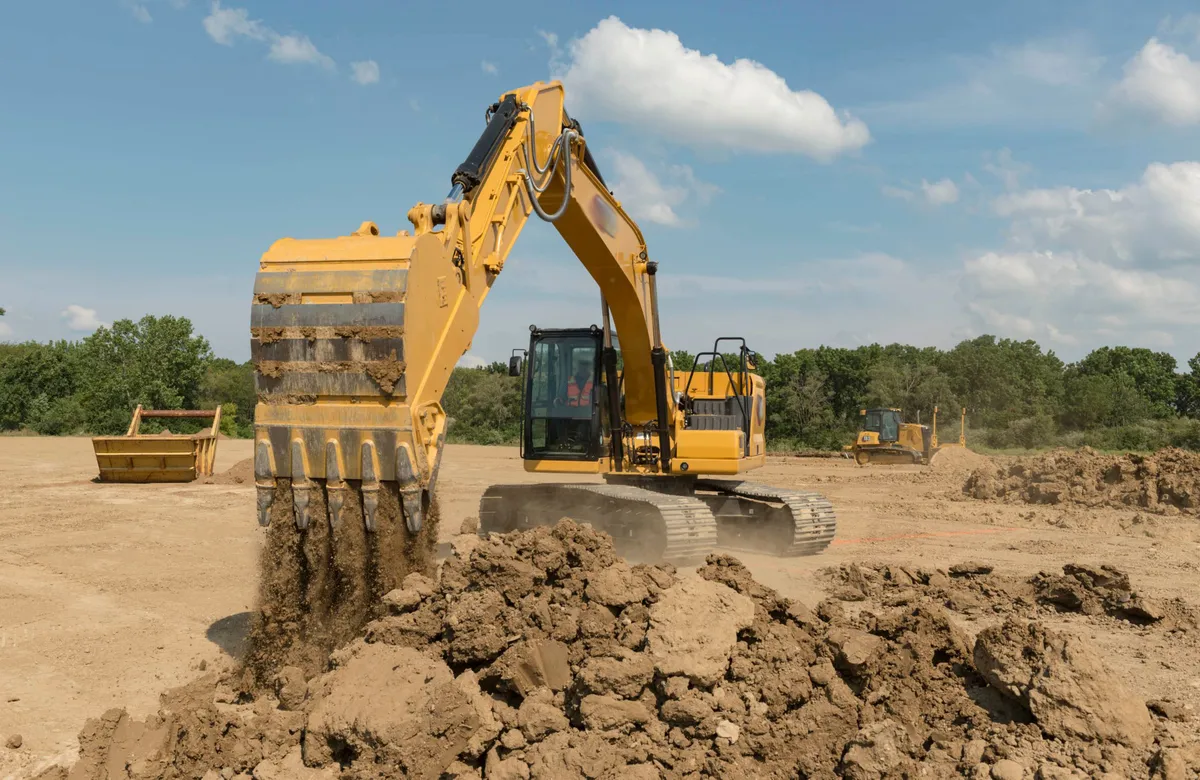
Additional information
| Edited by | Yjx |
|---|

